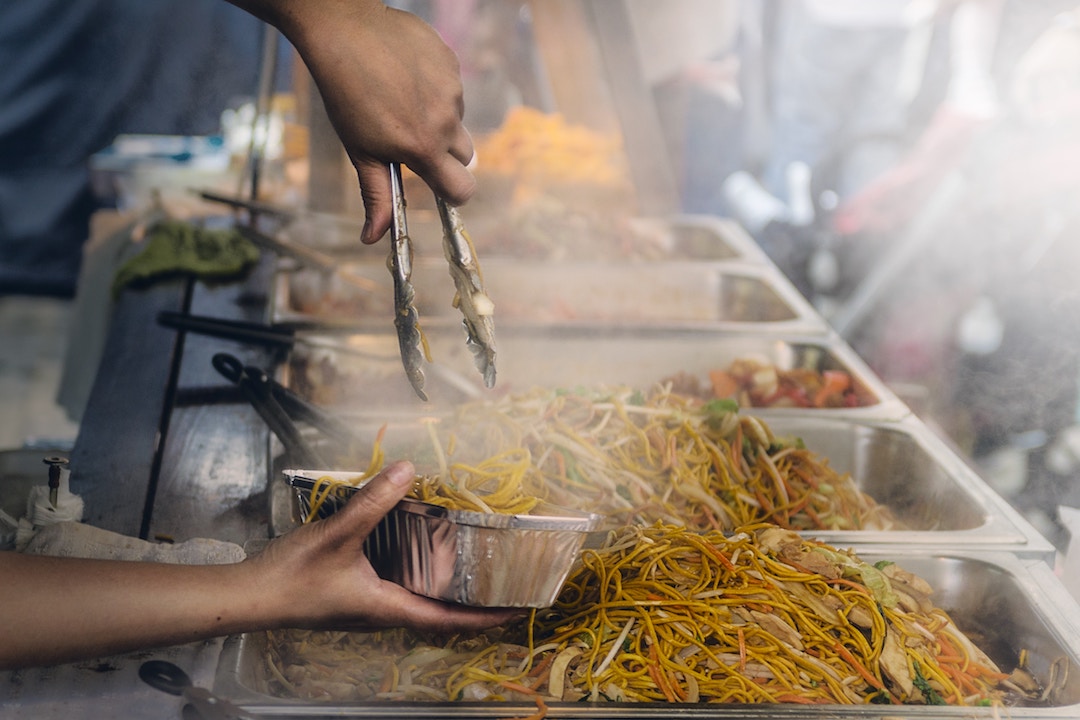Freshly steamed dim sum, stir-fried vegetables just out of the wok, morsels of crispy tender duck, smoky noodles, piping hot soup… the list goes on and on. It’s hard to know where to start with this Chinese food guide, after all, it’s a vast cuisine, at times so simple and at other times, so rich with flavour and depth matched by its history, heritage, legacy and place in our world.
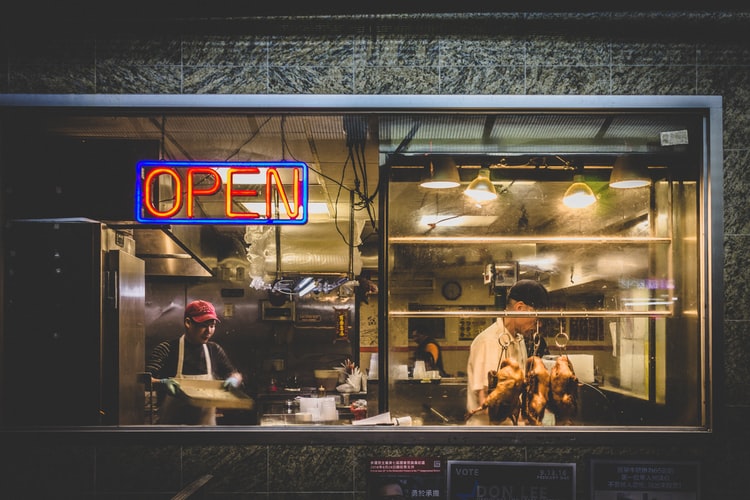
While food plays an important role in Chinese culture, because of China’s former empires and geographical location, their cuisine has influenced many other countries across Asia. As Chinese people moved around the globe and explorers came and went, their food traditions began to travel across the continent and beyond. Chinese favourites like rice, noodles, and tofu, for example, became a feature of many different cuisines. Today, Chinese food has been adapted for the western palate and to South Asian tastes alike, and their ancient cooking techniques inspire chefs from all over the world.
Not that you really need any advice on how to eat your way through one of the most popular cuisines on the planet, but to elevate it a little more, here’s your Chinese food guide.
An overview of Chinese cuisine in a minute
Located in East Asia, and one of the world’s most populated countries, China is huge and boasts a topography of mountains, rivers, forest lands, and even the desert. You’ll find a tropical climate in the south and freezing temperatures in the north. All of these factors have influenced Chinese food.
Along with its geographical diversity, religion and philosophy have also impacted the evolution of Chinese cuisine. For example, in the Taoist diet, food plays an integral role in the faith, and certain foods have spiritual, mental and physical benefits. China is also influenced by Chinese Buddhism, and this brought about Buddhist cuisine, vegetarian cooking that grew out of monasteries. Because of the large population of Muslims living in the country, Chinese Islamic cuisine came to pass. Chinese medicine also impacts the way people eat; for example, in traditional Chinese medicine, eating vegetables cooked as opposed to raw is favoured.
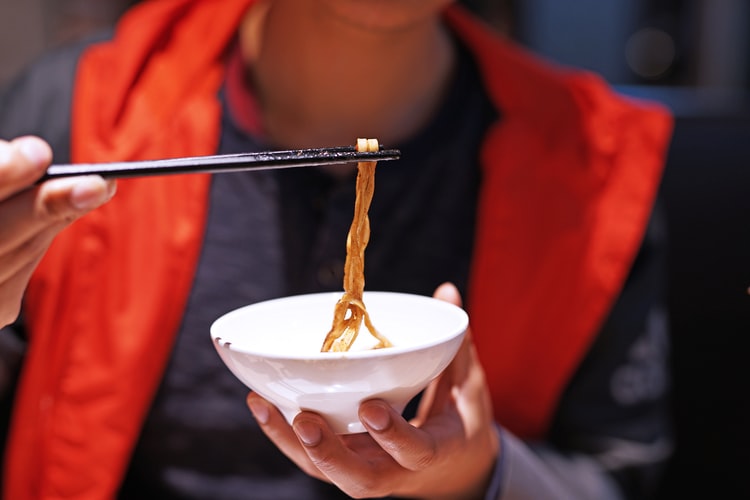
China’s diversity has led to regional food variations that reflect climate, geography, history, and lifestyle. Before being introduced to the rest of world, different styles of Chinese cuisine, seasoning and cooking techniques were born of different regions, and continue to play a huge role in the country’s food, even today.
There are eight man regional culinary traditions in Chinese cuisine:
- Cantonese
- Anhui
- Sichuan
- Jiangsu
- Fujian
- Shandong
- Hunan
- Zhejiang
However, it’s worth noting that these eight variations only represent about one-quarter of Chinese food, and although the origins of this categorisation are unknown, this is the predominant school of thought in Chinese cuisine.
Cantonese
Cantonese, or Guangdong or Yue cuisine comes from the coastal southeastern province of Guangdong. It is considered to be the most widely served type of Chinese cuisine, and one of the most popular Cantonese dishes is dim sum. This culinary tradition is distinguished by lightly cooked ingredients and sauces that are both salty and sweet and the most commonly used cooking techniques are stir-frying and steaming.
Spices and flavourings such as ginger, chives, and black pepper are kept deliberately light, and used only to bring out the flavour of the food. Visitors used to what is served outside of China may find that traditional Cantonese food is very different to what they eat back at home!
What to eat:
- Char siu: Barbecued pork
- Cantonese seafood soup: A thick silky soup made with various fish
- White cut chicken: Whole chicken marinated in salt which is then poached in hot water or chicken broth with ginger
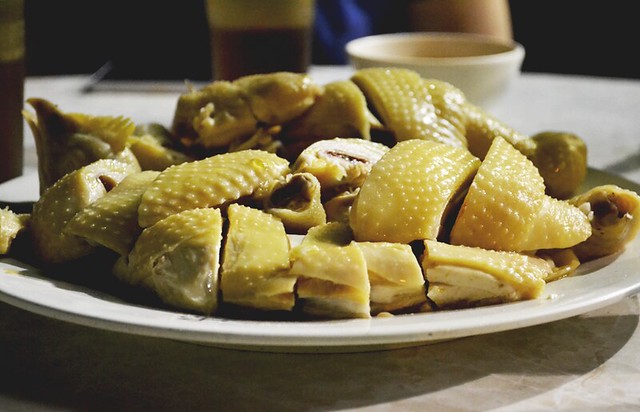
Anhui
Located in eastern China, Anhui is home to the Huangshan Mountains, fields and forests. As a result, dishes from this province are rustic and hearty thanks to prevalent cooking techniques like braising and stewing. Ingredients are sourced directly from the land: regional game, wild plants, herbs and fungi found in forests and fields are used for cooking and to lend flavour to Anhui cuisine. If you enjoy pork or tofu, Anhui relishes both, and many dishes incorporate these proteins.
What to eat:
- Stinky tofu: Fermented tofu with a pungent aroma often eaten as a snack
- Egg dumplings: Pork stuffed in an egg wrapper instead of flour
- Li Hongzhang stew: A complex and deeply flavoured stew made with seasonal vegetables and meats like chicken and ham
Sichuan
Famous for its use of the Sichuan pepper, hence its moniker, this cuisine comes from southwestern China. Other than pepper, spices like chilli, shallots and garlic feature heavily in this cuisine, as well as ingredients preserved by salting, pickling and drying. A number of cooking methods are used in the preparation of Sichuan cuisine, including stir-frying steaming, braising, baking, and the most popular of all: fast-frying.
What to eat:
- Mapo doufu: Tofu cooked in a broad bean chilli paste – an essential Sichuan ingredient
- Dandan noodles: Smoky noodles covered in chilli oil served with vegetables and pork
- Kung Pao chicken: Diced chicken fried served with red pepper and peanuts
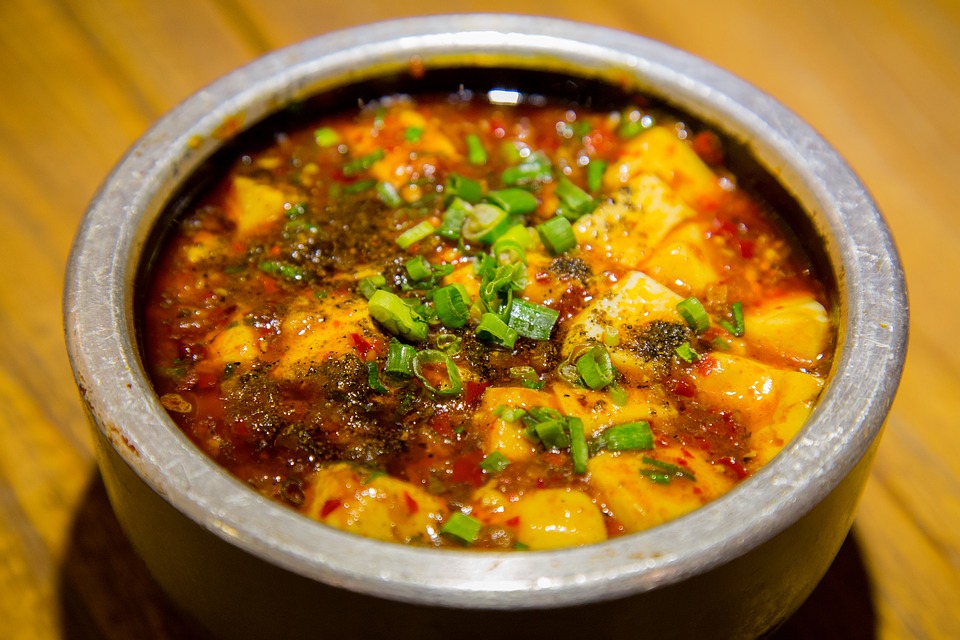
Jiangsu
Since it’s located on the coast, Jiangsu cuisine makes abundant use of seafood (including aquatic creatures you may never have eaten), but thanks to plenty of lakes, the province also has ingredients like water bamboo and water chestnuts at hand. The best way to make the most of your mealtimes in Jiangsu is to have an adventurous appetite: open to the elements and the unknown. Understated colourful dishes that are not heavily seasoned will take your taste buds on an aromatic journey over land and sea.
What to eat:
- Hóngshāo páigǔ: Melt in your mouth braised spare ribs
- Beggar’s chicken: Chicken baked in a lotus leaf
- Sweet and sour mandarin fish: Whole fish cooked in a sweet and sour sauce
Fujian
Located between the mountains and the sea in southeastern China, Fujian cuisine makes use of the best of both worlds: from the waves and from the woodlands. The mountains offer mushrooms and wild herbs, while the coast provides the locals with seafood. Soups dishes, fermented fish sauces and dishes cooked in red rice wine are key to getting your tastebuds stuck into the culinary traditions of Fujian cuisine.
What to eat:
- Drunken ribs: Pork ribs marinated in wine
- Local soups: Fujians will have soup with pretty much every meal
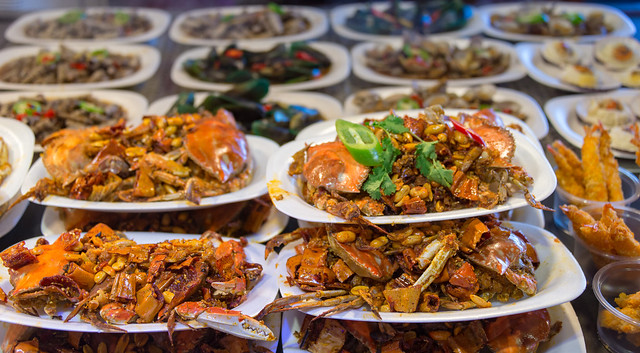
Shandong
Shandong was one of China’s earliest developed societies and set the tone for cooking traditions in the regions around it, particularly in Bejing and northeastern China from where Shandong cuisine influenced imperial cuisine (food served to royalty).
Created during the Yuan dynasty, Shandong cuisine makes use of green onions, garlic, ginger and red pepper to flavour food. The Shandong preferred methods of cooking include bao (quick frying on high heat) and liu (quick frying with corn flour).
What to eat:
- Dezhou braised chicken: Whole chicken dusted in spices and fried in oil until its skin is lightly charred
- Four-Joy Meatballs: One of the oldest meatball dishes in the world
Hunan
Located in the mountains, Hunan’s natural beauty is breathtaking. The province’s cuisine is shaped by the seasons: when then weather is hot, meals begin with cold dishes, and during the winter, chilli is used to warm up the body. In fact, Hunan cuisine is sometimes even spicier than Sichuan, but it’s also known for being sour and for using smoked and cured ingredients.
- Fried pepper pork: Stir-fry of pork belly, green pepper, fermented black beans and other spices
- Chopped chilli: A condiment prepared with vinegar, chilli peppers, and salt
- Dong’an chicken: Signature Hunan dish of poached chicken flavoured with chilli, vinegar, scallions and ginger
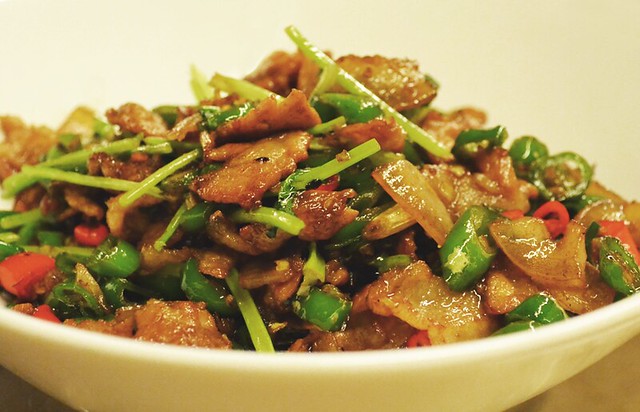
Zhejiang
Located south of Shanghai, Zhejiang is a rich eastern province along the coast. Zhejiang cuisine encompasses three styles, all of which originate from a major city: Hangzhou style (most dishes incorporate bamboo shoots), Shaoxing style (poultry and freshwater fish), and Ningbo style (salty and fresh seafood dishes). When preparing food, the most commonly used cooking techniques are braising, stewing and sautéing.
What to eat:
- Dongpo pork: Fried pork belly stewing in soy sauce and wine
- Longjing shrimp: Shrimp cooked in Longjing tea
- Beggar’s chicken: Although it came from Jiangsu, beggar’s chicken was popularised in Hangzhou
Have we tempted you to go on a culinary adventure in China? Or perhaps to look a little further afield than your go-to takeout back home? Which dish will you be trying?

